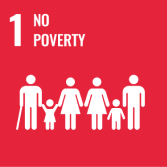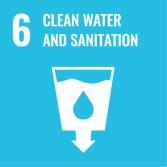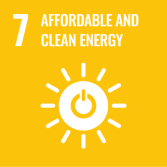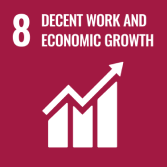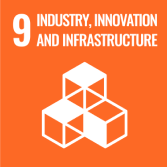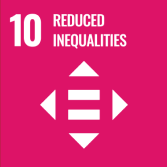In the rising post COVID-19 period the world is different not only from the economic point of view but also from the social and cultural point, including the selection of goods, and foods by the “new” customers. Wine is a major daily drink
[...] Read more.
In the rising post COVID-19 period the world is different not only from the economic point of view but also from the social and cultural point, including the selection of goods, and foods by the “new” customers. Wine is a major daily drink worldwide, affecting the lives of consumers worldwide. The aim of the study was to investigate the impact of COVID-19 on consumers’ motives for quality wine, namely the Greek wine and the local Samos’ Greek wine, assessing possible changes in their wine habits effecting current and future wine production, consumption, and sustainable regional development. Consumers’ motives were tested using variables of wine purchase and consumption (such as place of purchase, money spent, amount consumed, accompaniment meals), and preference for quality wine (such as traditional, appearance, organoleptic, sustainable, general characteristics). A self-response questionnaire survey was carried out in January and February 2022 on a sample of 1493 participants through the Google platform. Basic statistical tools, combined with cross and Chi-square tests were used in order to analyze the collected data. The results show interesting changes in consumers’ motives in the new rising global era. The participants buy less from supermarket (−4.2%), more via online (+1.8%) and equally from other places, the majority one bottle per month spending 10 to 20 euros today. They consume less wine (−5.1%), the majority one bottle per month, preferable at home (+6%), with friends (+1.6%), rather than at the restaurant (−8.2%), the club/bar (−8.9%), the night club (−5.8%), or during celebration (−3.2%). They continue to prefer the “red with red, white to white” accompaniments with meals. They select quality wines based on the conventional variables with emphasis to the taste (94.5%), aroma (83.9%), value for money (72.8%). The participants expressed similar motives for the quality Samos’ wines. However, even though they are aware of its high quality (92.9%), only 53% of them have tasted them, and fewer are consuming then occasionally (32.3%). Our findings indicate that the sustainability, and growth of the quality wine in the new socioeconomic era, should focus on the easy access (including on line), the consumption at home, with friends and family, keeping the same preferences between different kinds of wine with the different meals for the consumers.
Full article
